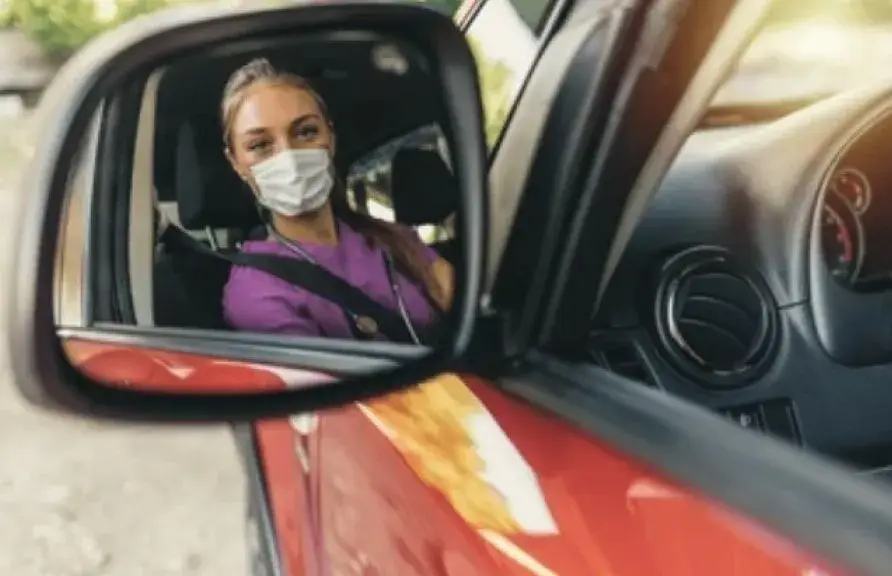The COVID-19 pandemic impacted just about every major industry, changing how they operate. This includes the automotive industry, with changes spanning from supply to demand. It’s important to understand how car values have shifted in a post-pandemic world, and doing so requires examining the evolving dynamics of supply, demand, and consumer behavior. Let’s explore some of the key ways car values were impacted:
1. Supply Chain Disruptions
The pandemic disrupted supply chains on a global scale, causing shortages of critical components. Because of these shortages, there were long delays and reduced inventories from most OEMs and automotive distributors. As a result, the supply of new vehicles decreased, leading to increased demand for used cars and potentially inflating their values.
2. Increased Demand for Personal Transportation
The impact of the pandemic was especially apparent with how it affected public spaces – and how frequently people tried to avoid them. With concerns about virus transmission, people became concerned about the health risks of public transportation. This in turn caused individuals to shift towards personal transportation, leading to increased demand for cars. This surge in demand, coupled with limited supply, contributed to higher prices for both new and used vehicles.
3. Shift in Vehicle Preferences
The pandemic also brought a shift in consumer preference. This included a growing interest in larger vehicles like SUVs and trucks, as well as electric and hybrid vehicles. From a desire to have more family oriented vehicles to being more environmentally conscious, these preferences would subsequently impact the value of all vehicles.
4. Remote Work and Lifestyle Changes
While many turned toward personal vehicle usage to get to work, there was also a widespread adoption of remote work and changes in lifestyle patterns during the pandemic that largely altered commuting habits and vehicle usage. Because of these new workplace opportunities, some individuals sought to downsize or sell their vehicles due to reduced commuting needs, while others invested in vehicles suited for recreational activities or road trips. This continues even in the post-pandemic world where remote work is a popular option for many employees across the country.
5. Government Stimulus Measures
Economic stimulus payments and enhanced unemployment benefits provided financial support to individuals, potentially increasing their purchasing power for vehicles. These measures may have contributed to the increased demand for cars and the ability to afford higher prices.
6. Rental Car Market
The rental car industry faced a number of challenges during the pandemic due to travel restrictions and reduced travel demand. As a result, rental car companies sold off portions of their inventories. These vehicles entered the used car market, increasing supply and impacting prices.
7. Digital Transformation
The pandemic accelerated the adoption of online car buying platforms and digital retailing solutions. Due to apprehension surrounding public spaces, especially when online alternatives were present, consumers became more comfortable with purchasing vehicles online, leading to changes in the way cars are bought and sold and potentially influencing pricing dynamics.
8. Inflation and Interest Rates
Inflationary pressures and rapidly rising interest rates following the pandemic have influenced car values. While some inflation is expected, the economic stimulus and low interest rate environment led to high inflation. This in turn led the Fed to increase interest rates in an effort to tamp down inflation. Consequently, high interest rates have deterred consumers from trading in their vehicles and buying new ones, hence reducing demand. This has led to decreased used car values, returning to near pre-pandemic levels.
Conclusion
The COVID-19 pandemic caused significant disruptions in the automotive industry, affecting supply chains, consumer behavior, and market dynamics. These changes led to fluctuations in car values, with factors such as supply chain disruptions, increased demand for personal transportation, shifting preferences, government stimulus measures, and digital transformation playing key roles in shaping post-pandemic car values. As the industry continues to adapt to evolving conditions, monitoring these trends will be crucial for understanding future changes in car values.
